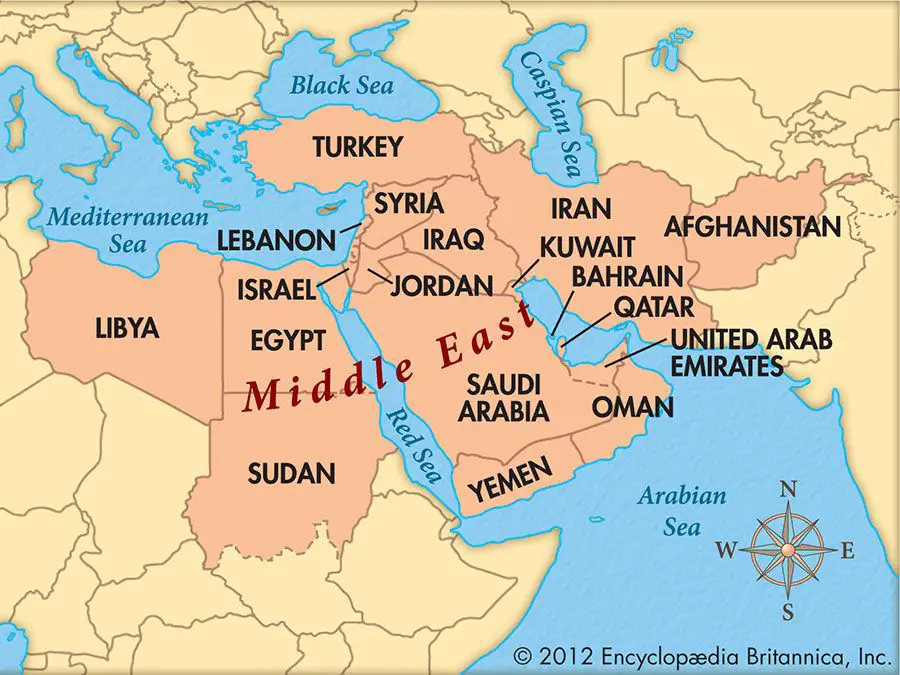



The hyrax, also known as the rock badger, is a small, rabbit-like mammal found in the Middle East and Africa. It may seem like an insignificant animal, but it actually plays an interesting role in the Bible. Let's explore what the Bible says about hyraxes and their significance.
A hyrax is a small, herbivorous mammal that is native to the Middle East and Africa. It is about the size of a rabbit and has short ears, a short tail, and thick, brownish-gray fur. Hyraxes are known for their unique teeth, which are constantly growing and need to be worn down by chewing on tough plant materials.
While the hyrax may seem like an insignificant animal, it actually plays a role in the Bible. In the book of Leviticus, hyraxes are listed among the animals that are considered unclean and should not be eaten:
Leviticus 11:4-5 - "But among the ones that chew the cud or have a split hoof, you shall not eat these: the camel, because it chews the cud but does not have a split hoof; it is unclean for you. The hyrax, because it chews the cud but does not have a split hoof; it is unclean for you."
This passage indicates that hyraxes were known to the Israelites and were considered unclean animals, meaning they were not to be eaten or used for sacrifice.
The hyrax was also significant in Ancient Egypt, where it was known as the shrewmouse. The Egyptians considered the hyrax to be a symbol of rebirth and believed that it helped to usher in the new year. They also used hyraxes in their medicine, grinding up their teeth and mixing them with other ingredients to create a remedy for various ailments.
Today, hyraxes are still found in the Middle East and Africa, although their populations are declining due to habitat loss and hunting. They are still considered unclean animals in Jewish and Muslim dietary laws, and they are not commonly eaten by humans.
While the hyrax may seem like an insignificant animal, it actually plays a role in both the Bible and Ancient Egyptian culture. It is considered unclean in Jewish and Muslim dietary laws, and it is still found in the Middle East and Africa today. Despite its small size, the hyrax has left a lasting impact on human history and culture.
Related Posts